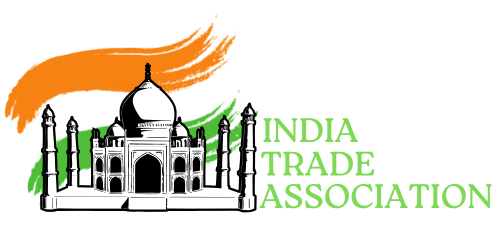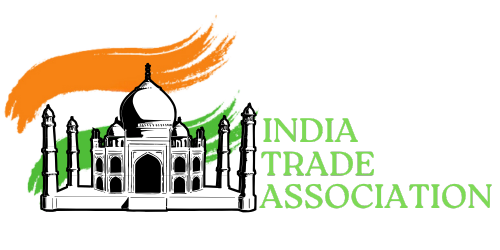India’s textile and apparel industry is a USD 150 billion+ sector, directly employing over 45 million people and contributing 14% to the country’s industrial production. With rising lifestyle spending, a growing demographic dividend, and expanding organized retail (including e-commerce in smaller towns and rural areas), domestic demand for textile products is set for long-term growth.
The industry is projected to grow at a 12% CAGR, with domestic sales increasing from USD 125 billion to USD 250 billion by 2030. Meanwhile, exports are expected to reach USD 100 billion, doubling India’s global textile

Textiles & Apparel
ITA > Textiles & Apparel
The Growth and Potential of India’s Textile & Apparel Industry

and apparel trade share from the current 4%. This growth will particularly drive demand for apparel, home furnishings, and technical textiles, creating employment and value in alignment with the “Make in India” vision. To support this, India has permitted 100% FDI through the automatic route in textiles. An estimated USD 950 billion investment over the next 5–6 years is expected to generate 2.25 million additional jobs, further strengthening the sector’s economic impact.
India’s Competitive Edge in the Global Market
Indian apparel and home textiles are among the top suppliers to leading global buying houses. With high compliance standards in garment export factories, India has become a preferred sourcing destination. The industry’s strength lies in its diverse production base, encompassing a wide range of natural and synthetic fibers, including cotton, jute, silk, wool, polyester, viscose, nylon, and acrylic.
Additionally, India is making significant strides in technical textiles, a fast-growing sub-segment that currently accounts for 13% of the country’s textile and apparel market. With an estimated USD 19 billion market size, technical textiles have seen 12% CAGR growth over the past five years, driven by innovation and increasing demand.
Government Support & Future Growth
The Indian government has launched transformational initiatives like the Production Linked Incentive (PLI) scheme and PM Mega Integrated Textile Region and Apparel (PM MITRA) scheme, giving a major boost to the sector. Key growth drivers include population expansion, rising disposable incomes, advancements in digital textile technology, self-employment opportunities, increased women’s participation, and ongoing R&D.
With a strong domestic and export market, robust government support, and continuous innovation, India’s textile and apparel industry is poised for sustained growth and global leadership.
